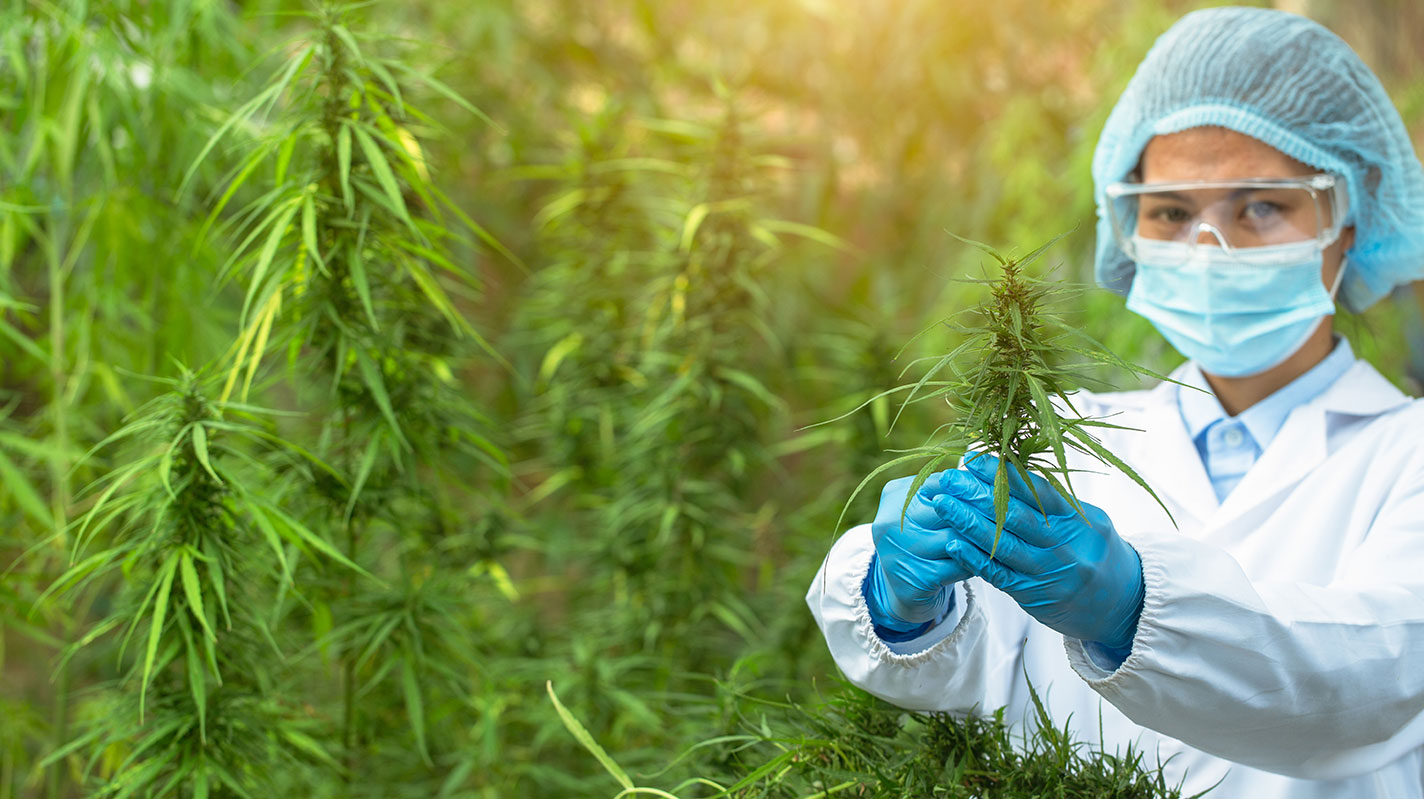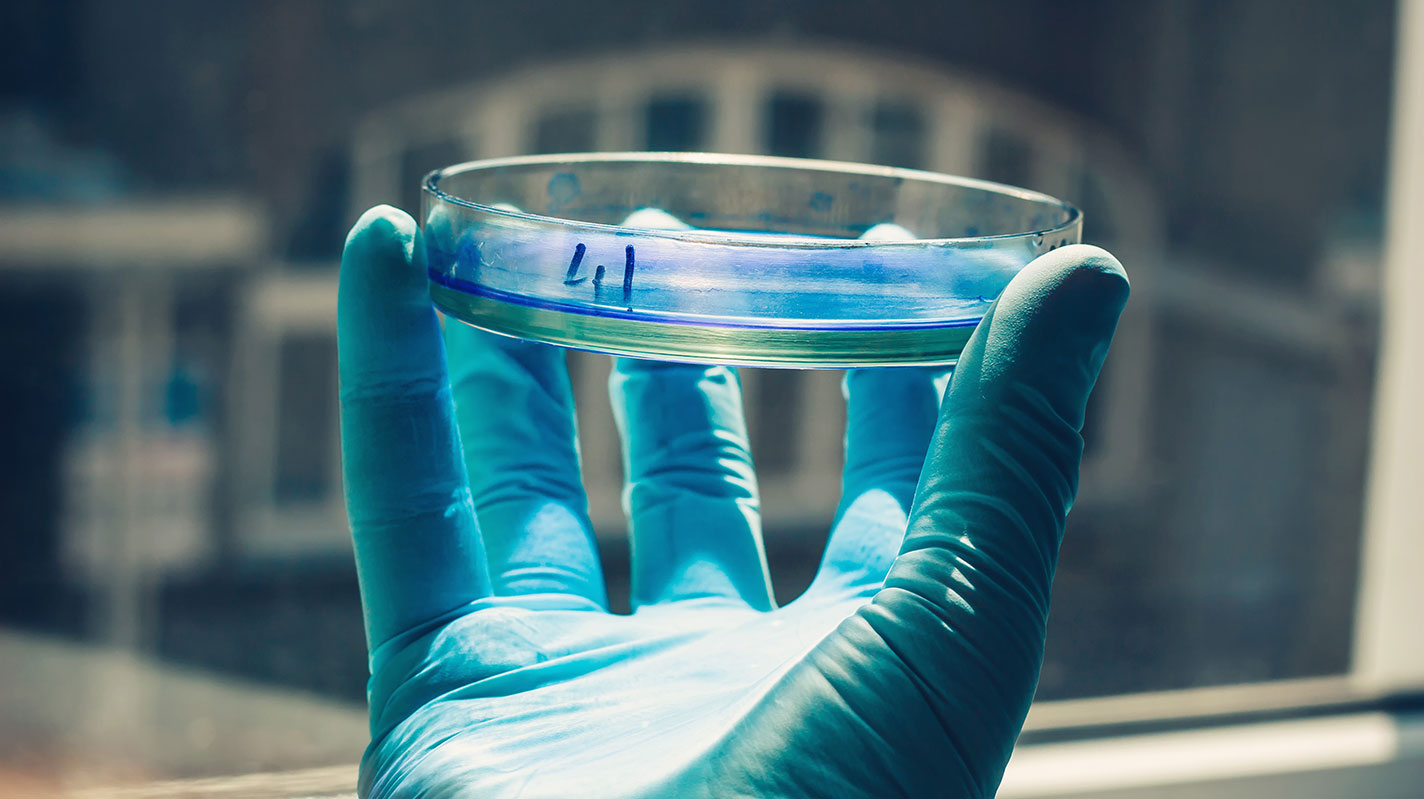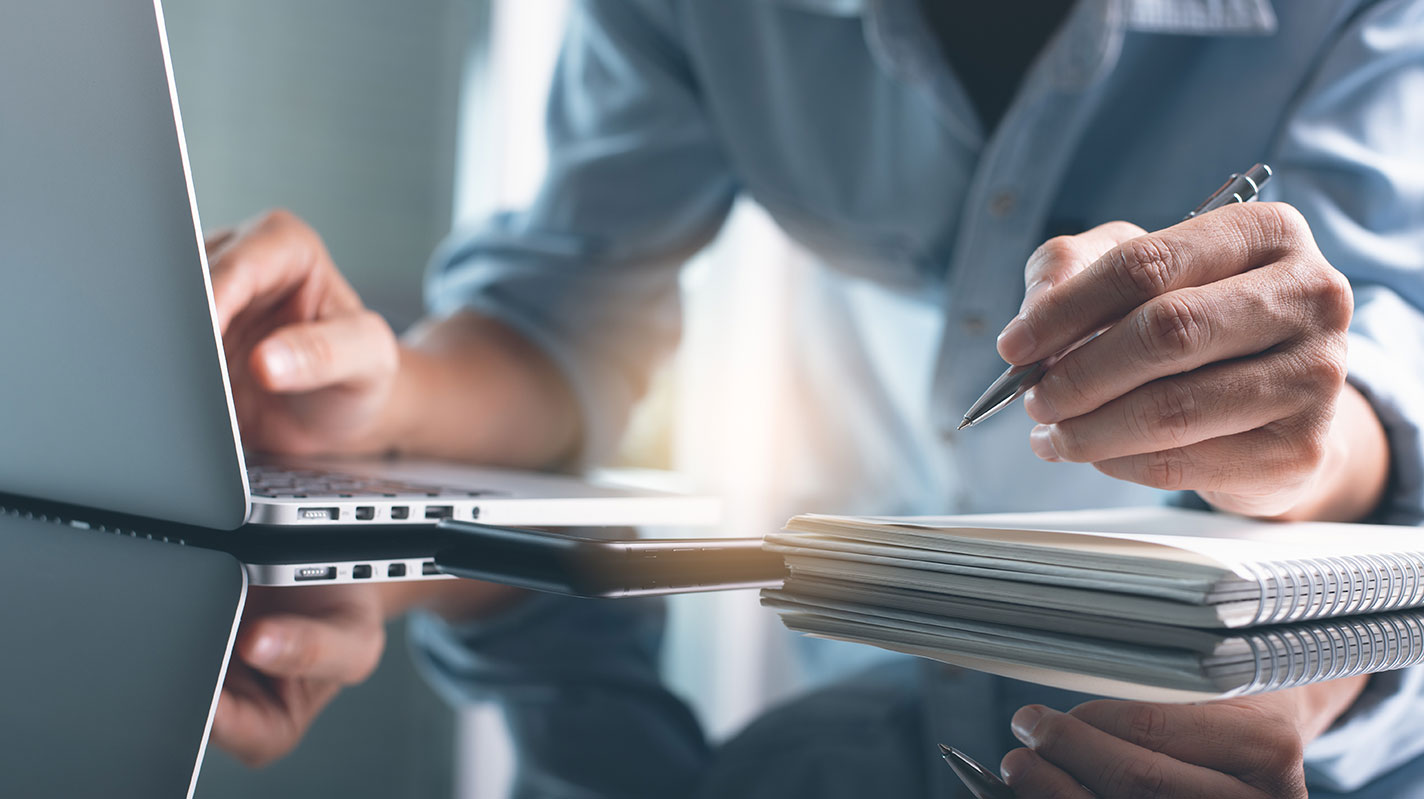Materials Needed for Cannabis Microbiological Testing
Learn about the different scientific equipment and materials needed to setup and manage a microbiology laboratory.
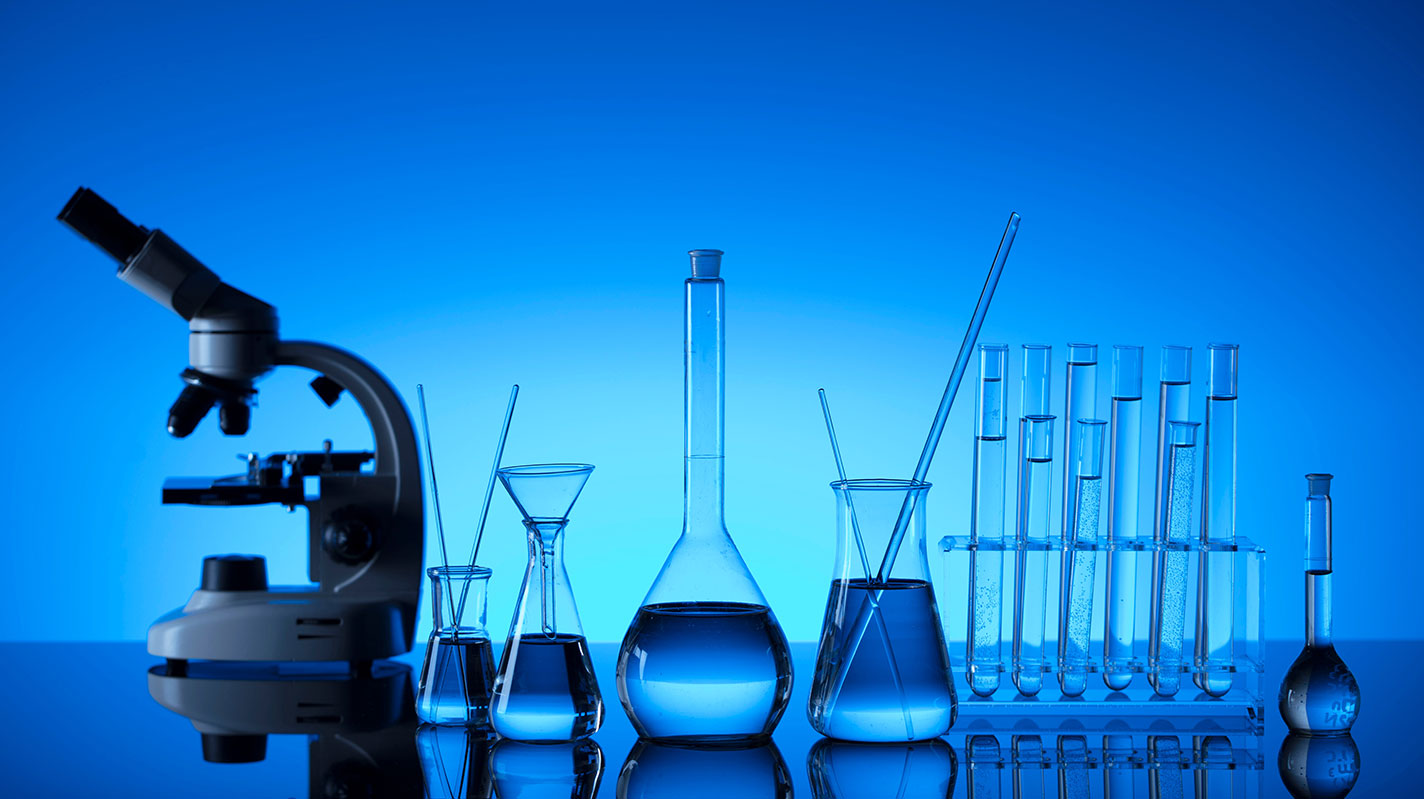
Setting up a cannabis microbiology laboratory is like building a house; it happens one step at a time. In the end you get something strong and sturdy with a firm foundation. One of the foundational pillars in setting up a micro lab is identifying the micro testing equipment and instrumentation you need. Once the method(s) is determined, the analysis of additional materials can commence. More information on selecting a method is located in Laboratory Set-Up – How to Select a Microbiology Testing Method.

“The secret of getting ahead is getting started.” – Mark Twain
Common Microbiology Lab Equipment
Microbiology is a science and study of microorganisms, such as bacteria, viruses, and fungi. Microbiology is both a science and an art requiring specialized equipment, consumables, and instrumentation. Some of the most common cannabis microbiology equipment includes testing analyzers, incubators, biosafety cabinets, autoclave, pipettes, microscopes, and a refrigerator/freezer, to name a few. A more complete list of most common equipment for microbiology testing is outlined in greater detail in Cannabis Microbiology – Common Equipment.
There’s a benefit to understanding why each piece of equipment is needed and the purpose it will serve in your lab, as it will fuel your decisions on the equipment you choose to purchase. For instance, it’s important to note biosafety cabinets have various levels assigned to them based on their functionality in the lab and the microbes that will be tested therein. When selecting a biosafety cabinet, it’s important to consider both the day-to-day lab operations and the unique needs for verification or validation, etc.
Microbiology Testing Materials
The need for most materials will vary based on the phase of business spanning from start-up to training, to verification, and to routine testing. It’s important to determine all materials needed for each phase and to plan to have a backup stock for safety. (Tip: There are often shipping delays and backorders, so knowing the materials needed will help to determine where to obtain your supplies.)

“There’s a fine line between being careful and careless.” – Philip Rivers
Special Considerations
Personal Protective Equipment (PPE)
Thanks to COVID, PPE is now a commonly known term. PPE such as masks, gloves, face shields and the like serve as a protective barrier and defense to the harmful virus. In microbiology testing, PPE is no different, serving as protection to lab personnel and to help decrease cross contamination from within and outside the lab. In a microbiology lab, common PPE to consider are lab coats, goggles or safety glasses, gloves, and shoe covers.
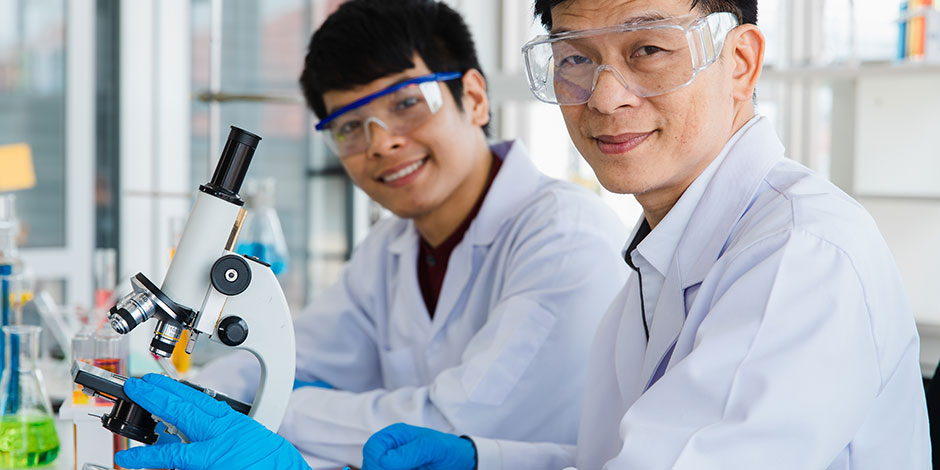
Handling
Microbiology labs are very different from chemistry and chemical method labs; a microbiology lab needs to consider containment within a facility. This can be a lab where doors remain closed and monitored to ensure pathogens don’t get out into other environments and helps to keep personnel safe, following standard operating procedures for operations with microbes and storage.
All consumables and equipment such as micropipettes should only be used within the microbiology lab. Proper handling techniques reduce cross contamination and microbes spreading to other parts of your facility.
Microbe Permits
The risks of an organism may require a special permit to operate with positive controls or particular microbes. Confirm both your local regulations and Good Laboratory Practices to ensure your lab is being set-up for success.
BioSafety Cabinet
By design a biosafety cabinet protects the technician, the product, and the environment from potentially hazardous microorganisms. This enclosure cleanses the airspace with HEPA filters. Based on the risks of an organism, a higher level of Biosafety Levels (BSL) may be needed; many compliance testing labs opt for BSL-2 for increased functionality. Within laboratory functions, there are several options for BSL and operational requirements, so it’s essential to determine routine testing and verification testing objectives before purchasing a biosafety cabinet.
Waste Management
Microorganisms can pose a risk to human health and safety, so special consideration must be made for waste management. Proper waste management protects labs from harm to the laboratory itself, the environment, and the health of the public. It’s critical to understand the local regulations for waste disposal and any EPA- and OSHA-relevant regulations.
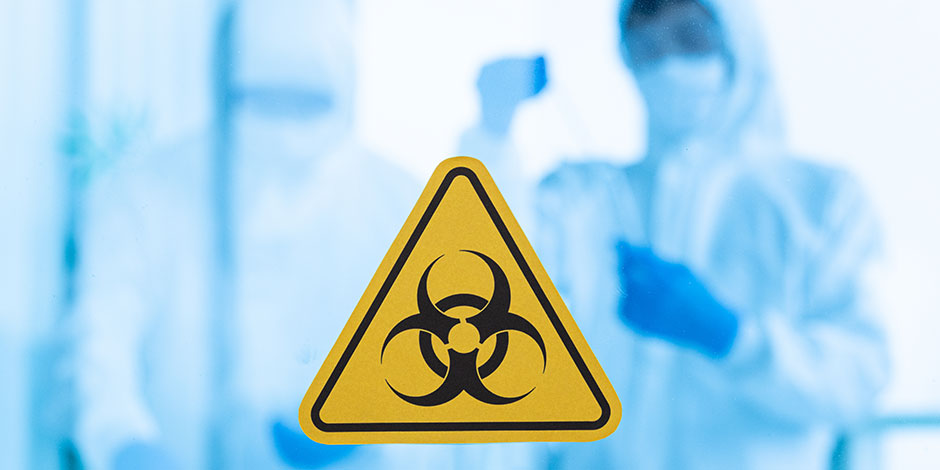
Determining the lab equipment and materials needed is one of the most essential parts in setting up a cannabis microbiology lab. Ensure all standard and unique considerations are made upfront. This builds upon your foundation so, like a house, the finished product is strong and sturdy. It may seem overwhelming at first, but each step is a critical and worth the time spent in the end. There’s no cutting corners; if you’re caught unprepared, it’ll mean trouble in both the short and long run.


